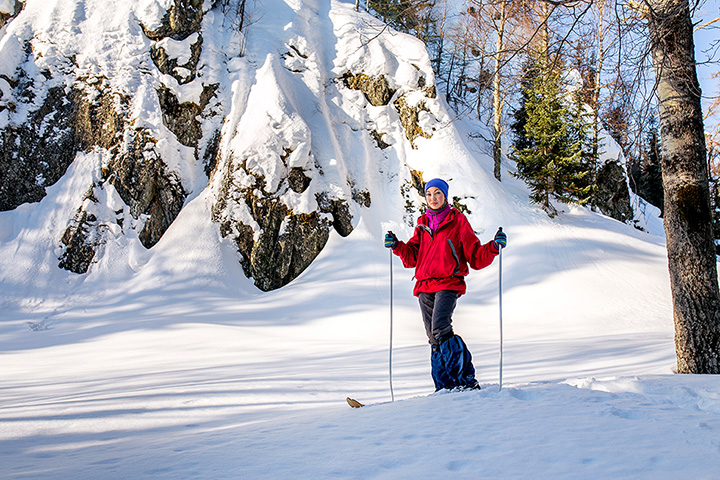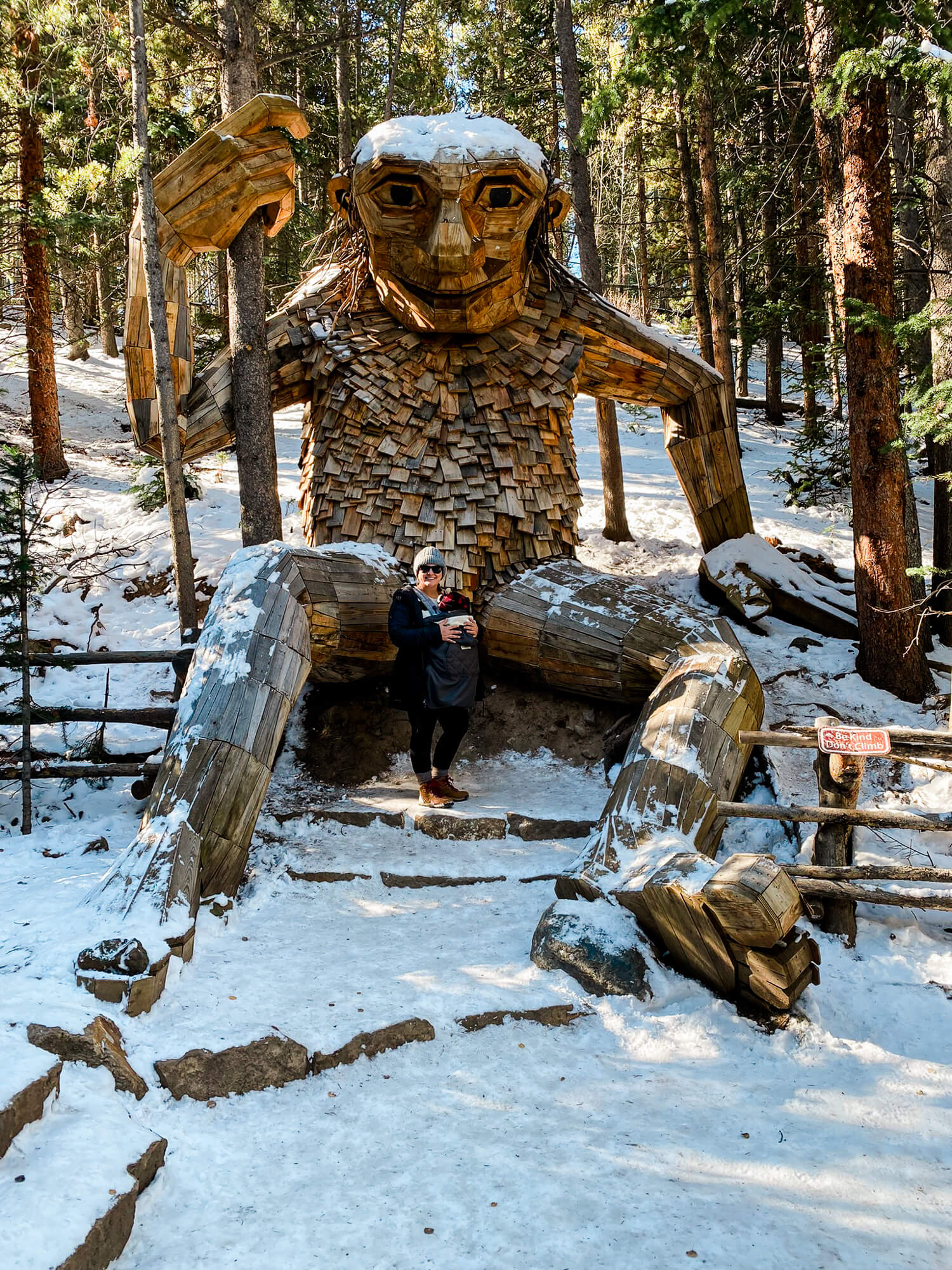
A snowmobile is also known by the name sled. It is a vehicle that uses snow skis to travel on snow. It is a type of personal mobility device that can be used for recreation, transportation and hunting.
In Canada, there are over 600,000 registered snowmobiles. These vehicles are popular for recreational use by people who love the winter and want to spend time outdoors. Many are designed for single-rider operation, though they can often be operated by two people if they are specially built to do so.
A snowmobile can be used for recreational purposes to explore the winter landscape. This is a great way for you to explore new areas and meet people who share your passion.
Before you take to the trails, it is crucial that you are familiar with all the laws. Some states require special licenses to operate snowmobiles, such as Illinois. Others do not, but all snowmobiles should be properly registered.

Illinois law requires that you are at least 16 years-old to operate a snowmobile. Anyone under 16 must be accompanied by an adult either directly or via licensed guides. You must also pass a safety check.
You must complete a form to register a snowmobile in Illinois. The cost is $1 per snowmobile, and the registration must be clearly displayed on both sides of the machine.
Snowmobiles are usually built with engines that produce between 5 - 210 horsepower (3.7 or 160 kilowatts). Some models have turbo-charging, which boosts the engine's performance and efficiency.
High-performance snowmobiles have strong frames, strong steering, and strong rear suspension. Riders often add aftermarket accessories, such as handlebar risers or handguards, lightweight hoods, windshields, custom/lightweight hoods, and seats. These modifications can help improve the vehicle's stability and acceleration.
Snowmobiles can also be equipped with a ski lift to transport riders and their gear from one place to another. They also come with a heated backrest or seat for additional comfort in cold weather. Some snowmobiles can also be equipped with a ski rack. This allows the rider and their equipment to be carried onboard.

Snowmobiles are known for their ability to maneuver difficult terrain easily, which has been perfected over time. Side-hilling is a technique that allows snowmobiles to travel uphill on steep slopes.
A snowmobile's ability to climb mountains, navigate rugged terrain and traverse deep ice and snow makes it a popular choice for off-trail adventurers. A snowmobile is great for fishing and other activities.
There are many snowmobiling agencies in the region that offer guided tours. They cater to all budgets and interests. Mammoth Mountain offers both a 1.5-hour Adventure Tour and a 3-hour Explorer Tour. Prices start at around $119 or $239 for Explorer Tour.
FAQ
Should I get travel insurance?
Travel insurance is important if your plans include adventure travel. It is important to have insurance that covers all types of adventure sports.
For example, if you are skiing, you should ensure that you have medical coverage. Also, you should consider getting insurance for theft, loss, or damage.
Also, you should consider purchasing cancellation insurance. This will allow you to cancel your holiday with no penalty.
It is also a good idea if you are able to get emergency evacuation cover. In the case of an avalanche and other natural disaster, you can be evacuated from the mountain.
What snacks can you take on a plane with you?
There are many choices of snacks that you can bring along when you travel. Consider bringing along any food that you are fond of while traveling.
For example, if you love chocolate, you might want to pack some chocolates and other treats such as biscuits, crisps, and nuts.
Perhaps you want something savory? You could pack some crackers or cheese.
Consider what type of drink you want to take on board. Perhaps you like hot or cold beverages?
Whatever type of snack or drink you decide to bring along, make sure they are all packed safely and securely.
So you don't have to worry that they might get damaged on the road.
How much luggage should you take?
The length and type of trip will dictate how much luggage to take. If you are traveling by plane, you only need hand baggage, usually less than 20kg. For a bus or train ride, however, you will require more space.
An airport form with information regarding your flight will be handed to you upon arrival. This will include information like the weight of your bag and whether you need assistance in checking them in.
Before you leave for work, make sure to check it. If you don’t, you may end up sitting around waiting while everyone else goes through their bags.
Traveling light is the best option, because you never really know what could happen. If your bag is lost or damaged, you will not have any clothes.
What documents should be kept handy while on the road?
Keep copies of important documents in your car for quick access when on the go. You may also want to consider keeping copies of your passport, driver's license, and other official identification cards and any credit card information you might need if you plan to use an ATM machine.
A photocopy is always a good idea. This can be used to verify your identity, if necessary.
Don't forget to attach copies of your itinerary or reservations. These will help with your planning and remembering where you are.
As well as this, you should keep a copy of your flight ticket and hotel reservation details. You can contact your family back home easily if you are in trouble.
Finally, it's always a good idea not to leave anything valuable unattended. Your valuables will be safe if you keep them in a money belt, or inside your luggage.
Check your bag before you go to prevent losing expensive items.
Remember, it's safer to keep things simple rather than trying to plan everything.
Enjoy the ride and just relax.
Statistics
- That's an 18% jump from 2019, the previous record year. (travelandleisure.com)
- You can use compression sacs or cubes to reduce the volume of your clothes by up to 80%—this is especially convenient for bulky items such as sweaters and jackets. (eaglecreek.com)
- They're also likely to offer babysitting services, in case you'd like to have dinner one night after 7 p.m. (travelandleisure.com)
- Case in point: the private island of Ilha Caldeira, less than seven miles off the coast as part of the Primeiras and Segundas Archipelago, is located within the marine-protected area with 20 percent of the country's intact living coral. (travelandleisure.com)
- According to Maori legends, this park holds 14 fjords that were all carved by a giant stonemason with an adze. (busytourist.com)
External Links
How To
What are the top travel tips for beginners
It's an exciting time to travel, but there are many dangers you should avoid if your goal is to make it a safe and enjoyable experience.
Here are some basic tips to help you plan your next vacation.
-
Book early. The earlier you book, the lower the prices. You can also save money by not taking advantage of last-minute deals offered to you by hotels or airlines.
-
Stay-at-budget accommodations. Hotels at a lower price offer more value. These hotels are often located close to shopping and public transportation.
-
Don't overpack. Don't overpack. Keep room for souvenirs. Wear clothes that fit well, and don't wrinkle easily.
-
Use common sense. Traveling alone? Don't go out at night. Avoid dangerous neighborhoods and areas with high levels of crime.
-
Take precautions against theft. Keep valuables away from prying eyes. Swimming is a great way to keep valuables safe.
-
Be careful with cash. Tourists are often targeted by thieves in foreign cities. Avoid exposing your cash and only use ATMs in banks or other secured facilities.
-
You need to know what you are doing. Be sure to learn how to use public transport in order not only do you need to book a hotel but also how to get there. Discover information about tourist attractions and restaurants.
-
Make sure you are safe. Before you go, find out about the local laws, customs and culture.
-
Have fun. Enjoy the ride, no matter what. It's well worth it.